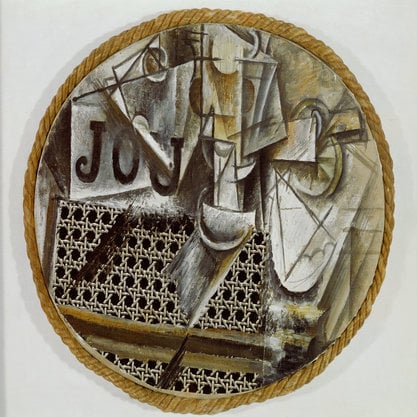Article
Ashcan School By Kuykendall, Lara
Article
The Ashcan School was a group of American artists that began exhibiting together in the early 20th century and advocated for total freedom in style and subject matter. Also known as Urban Realists because of their focus on urban, public spaces including trains, streets and parks, restaurants and bars, and other spaces of popular entertainment, Ashcan members included Robert Henri, John Sloan, George Luks, William Glackens, Everett Shinn, and George Bellows. “Ashcan” was initially a pejorative term applied to the group because they employed dark colors and painterly, unblended brushstrokes, which were thought to make their works appear dirty or unfinished. The Ashcan School was initially associated with a secessionist art group called The Eight, which also included postimpressionists Arthur B. Davies, Maurice Prendergast, and Ernest Lawson. The Eight rebelled against the National Academy of Design, the principal art school and host of prestigious juried exhibitions in New York, because they sought greater stylistic freedom and more control over their exhibition opportunities. Implicitly, the Ashcan painters also rebelled against The Ten, a group of American Impressionists, because they thought their predecessors’ works were too delicate in style and genteel in subject matter.



